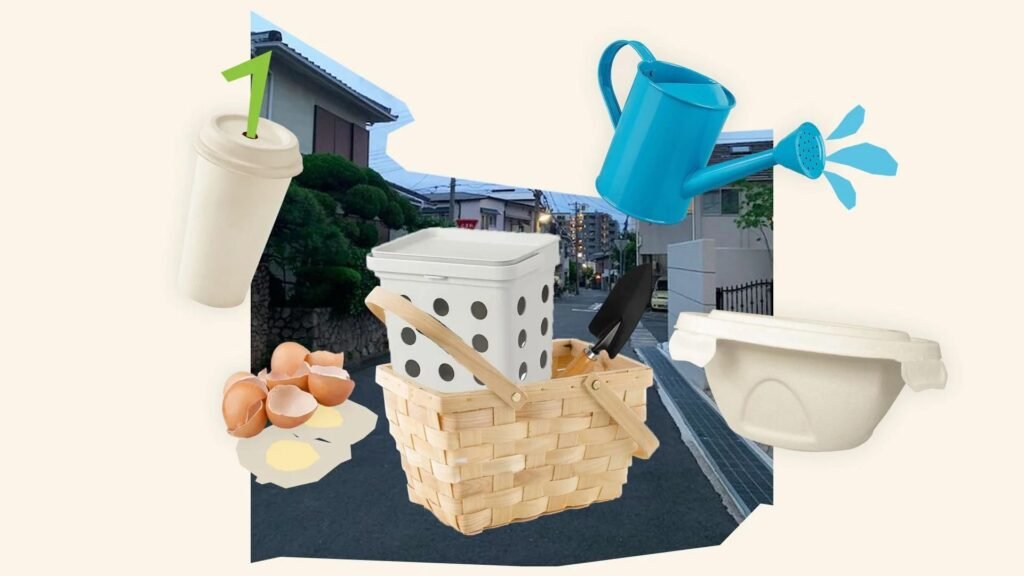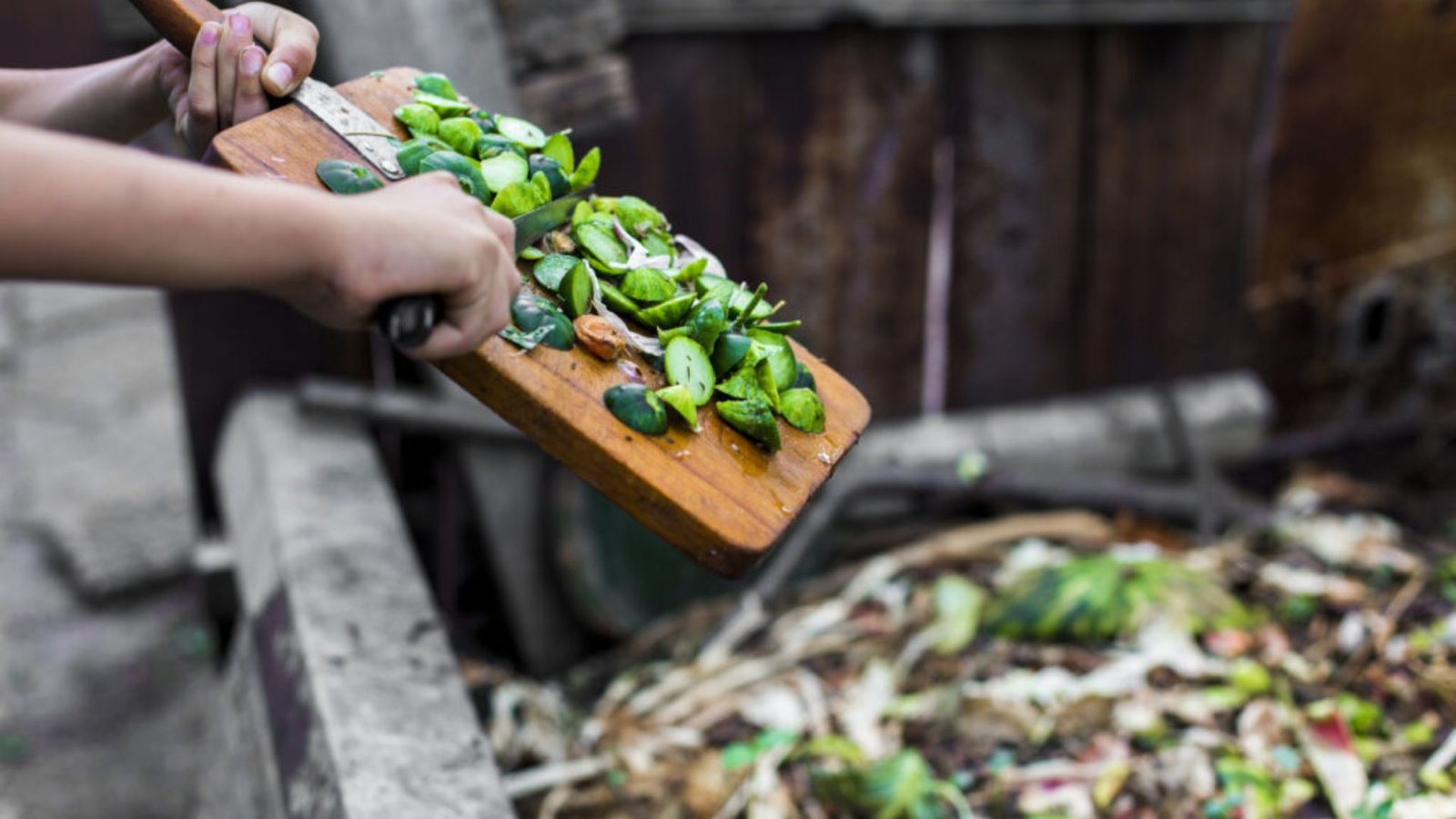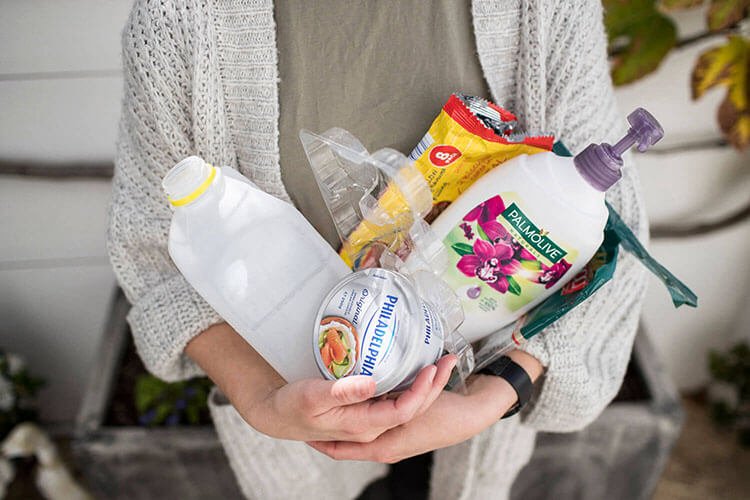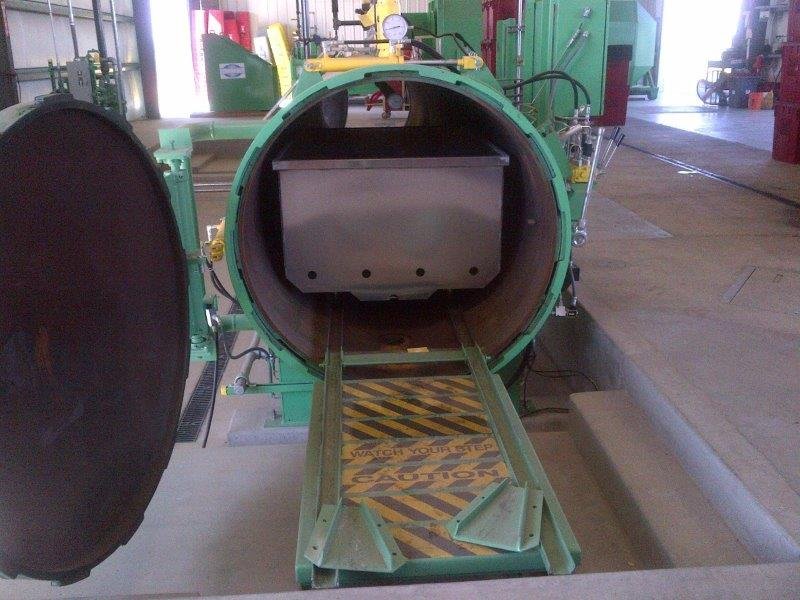Composting is a simple yet effective way to reduce waste and create nutrient-rich soil for your garden. It transforms organic materials into valuable compost, minimizing landfill contributions and benefiting the environment. This guide will cover the essentials of composting, helping you get started on your waste disposal journey.

What is Composting?
Composting is the natural process of recycling organic matter, such as food scraps and yard waste, into a valuable fertilizer known as compost. This process involves breaking down materials through microbial activity, heat, and moisture. The end result is a dark, crumbly substance that enriches soil and supports plant growth.
Why Compost?
Composting has numerous benefits:
- Reduces Waste: Composting keeps organic waste out of landfills, where it would otherwise contribute to methane emissions.
- Enhances Soil Quality: Compost adds essential nutrients to soil, improving its structure and moisture retention.
- Promotes Healthy Plants: Using compost can lead to healthier plants and higher crop yields, making it ideal for gardeners and farmers.
- Saves Money: By creating your own compost, you can reduce the need for store-bought fertilizers and soil amendments.
Getting Started with Composting
Here’s a step-by-step guide to help you start composting effectively.
1. Choose a Composting Method
There are several methods of composting, including:
- Bin Composting: Use a designated compost bin to contain materials. This method is neat and manageable, suitable for small spaces.
- Pile Composting: Simply create a heap of organic materials in your yard. This method works well if you have enough space.
- Vermicomposting: Utilize worms to break down organic matter. This method is great for indoor composting and small spaces.
2. Gather Materials
You’ll need a mix of “greens” and “browns” for a successful compost:
- Greens: These are nitrogen-rich materials like fruit and vegetable scraps, coffee grounds, and grass clippings.
- Browns: These are carbon-rich materials such as dried leaves, straw, cardboard, and paper.
Aim for a balanced mix of about 2 parts browns to 1 part greens for optimal decomposition.
3. Start Layering
Begin your compost pile by layering browns and greens. For example:
- Start with a layer of coarse browns (like small branches) to promote airflow.
- Add a layer of greens.
- Continue alternating layers until your pile reaches about 3 feet high.
4. Maintain Your Compost
To keep your compost pile healthy:
- Aerate: Turn the pile every few weeks to introduce oxygen and speed up decomposition.
- Moisture: Ensure the compost remains damp, similar to a wrung-out sponge. Add water if it’s too dry, and cover it if it’s too wet.
- Monitor Temperature: A well-maintained compost pile will heat up. If it cools down, it may need more greens or aeration.
5. Harvest Your Compost
After a few months (or longer, depending on conditions), your compost will be ready when it’s dark, crumbly, and smells earthy. To harvest:
- Stop adding new materials.
- Allow the pile to mature for a few weeks.
- Sift through to separate any large, undecomposed items, which can go back into the new compost pile.
Common Composting Mistakes
To ensure successful composting, avoid these common pitfalls:
- Adding Meat or Dairy: These items can attract pests and create odors. Stick to plant-based materials.
- Too Much of One Material: A balanced mix is crucial. Too many greens can create odors, while too many browns can slow decomposition.
- Neglecting Aeration: Regularly turning your pile is essential for a healthy compost.
Conclusion
Composting is a fantastic way to manage waste while enriching your garden. By following this guide, you can effectively turn organic waste into valuable compost, benefiting both your plants and the environment. Start your composting journey today and enjoy the satisfaction of reducing waste while nurturing a greener planet!




